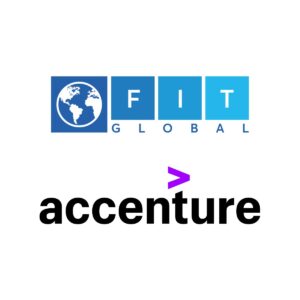Especially in capital-intensive sectors, equipment inventory is highly essential to conduct operations and they represent critical assets for that company. Therefore, a significant amount of capital investment is required to build and operate the critical equipment. Examples of equipment-intensive companies can be found in the automotive, oil and gas upstream and downstream (e.g production, refinery, and distribution), mining, heavy machinery, steel production, telecommunications, and transportation sectors (e.g., railway and airlines). Due to the importance of such assets, Dynamic Equipment Management is vital in all these industries.
At equipment intensive companies, it is important that the equipment is properly maintained and kept ready for operations as much as possible so that the unnecessary downtime is minimized and the equipment remains efficient.
What Needs to be Done?
- Timely execution of planned maintenance and repair activities
- Timely elimination of unexpected faults, breakdowns, and downtime
- Continuous monitoring of the equipment status and operational data
- Reducing Lost Time in Production
- Cost of Risk Reduction
- SAP Development Partner
- Providing Best of Class Rental Management Solutions
- Efficiency in Equipment Management










